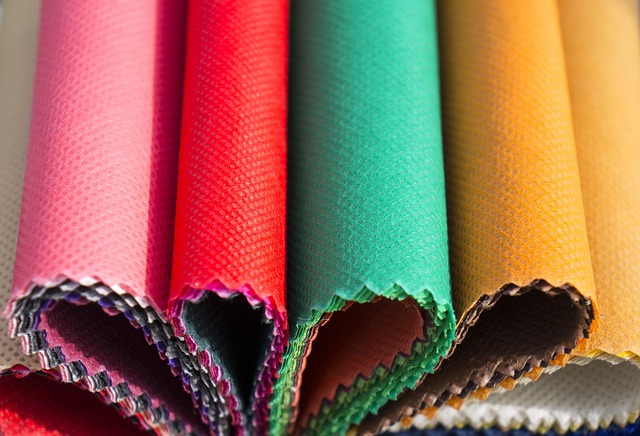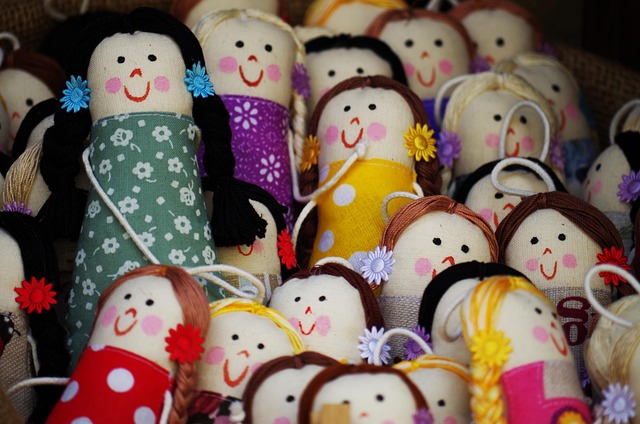Unveiling the Versatility of Non-Woven Fabric in Fashion Trends
As the fashion industry continues to evolve, one material is making waves for its innovation and adaptability: non-woven fabric. Once regarded primarily for its utilitarian uses, this versatile textile has transitioned into the realm of fashion, bringing with it a host of exciting possibilities that both designers and consumers are eager to explore.
What is Non-Woven Fabric?
Before diving into its fashionable applications, let’s first understand what non-woven fabric is. Unlike traditional woven fabrics, which are created by interlacing threads, non-woven fabrics are produced by bonding fibers together through mechanical, thermal, or chemical processes. This unique production method results in a fabric that is durable, lightweight, and often more affordable, setting the stage for a wide range of creative applications.
A Sustainable Shift
In a world increasingly focused on sustainability, non-woven fabric stands out for its eco-friendly attributes. Many non-woven materials are made from recycled fibers or can be recycled themselves, appealing to the conscious consumer. Fashion brands that incorporate these fabrics into their collections are not only responding to consumer demand for sustainable practices but also redefining their brand identities. The “green” movement in fashion is real, and non-woven fabrics are leading the charge toward a more ethical future.
Functional Fashion
The rise of athleisure and functional wear has paved the way for non-woven fabric to shine. Its lightweight and breathable characteristics make it an ideal choice for activewear, outerwear, and accessories. Imagine stylish jackets that offer protection from the elements while remaining chic enough for everyday wear. Non-woven materials allow for innovative designs that prioritize comfort without sacrificing style.
Tech-Infused Style
Fashion and technology are intersecting more than ever, and non-woven fabrics are at the forefront of this blend. Designers are embedding smart technologies into these materials, leading to clothing that can change properties based on the wearer’s environment or even monitor health metrics. The fusion of non-woven fabrics and tech is creating a new realm of fashion that not only looks good but also serves smart, functional purposes.
Unique Textures and Designs
One of the most exciting aspects of non-woven fabric is its capability to be molded into unique shapes and textures. Designers are embracing non-woven textiles to create avant-garde silhouettes that push the boundaries of traditional fashion. From sculptural dresses to edgy accessories, non-woven materials allow for creativity without limits. The tactile experience of non-woven fabrics adds a layer of uniqueness that can elevate any outfit.
The Rise of Upcycled Fashion
The concept of upcycling is gaining traction, and non-woven fabric plays a crucial role in this trend. Designers are repurposing discarded non-woven materials to create new, high-fashion items. This not only speaks to the ethos of sustainability but also emphasizes the idea that fashion can be both stylish and responsible. Consumers are increasingly drawn to upcycled pieces, resonating with the narrative of individuality and environmental mindfulness.
As we navigate through the ever-changing landscape of fashion, one thing remains clear: non-woven fabric is here to stay. Its versatility opens doors to innovation, sustainability, and a future where fashion is not just worn but experienced. So the next time you explore your wardrobe, remember the remarkable journey of non-woven fabrics, quietly influencing trends and shaping our style choices in profound ways.



